The CEO and co-founder of the sustainable climate tech start-up on embracing change, producing cement using 85% less carbon dioxide than traditional cement, not overthinking and why cheese makes everything better
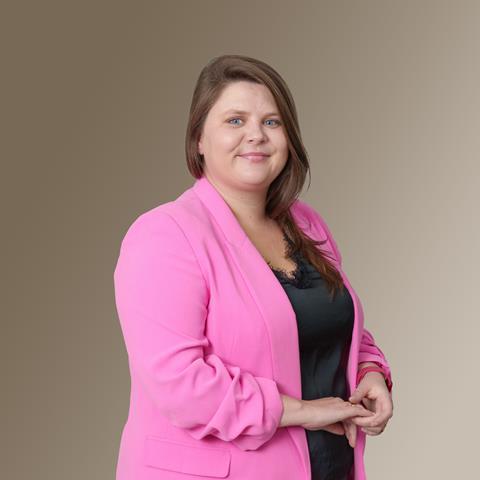
Why did you choose construction as a career?
I did not consciously set out to be in construction – I started in architecture, fascinated by design and how the built environment shapes how we live. Over time, I became more interested in the materials behind those buildings. While working at Foster + Partners, I saw first-hand how carbon-intensive the sector is. That led me into sustainable cement and ultimately to founding Material Evolution. So, in a way, construction chose me - because I wanted to change it from the inside out.
What are you most proud of in your career to date?
Without a doubt, launching the UK’s largest ultra-low carbon cement plant in Wrexham last year. We built it in just eight months and it now produces 120,000 tonnes of MevoCem annually with up to 85% less CO2 than traditional cement. Seeing our garage-born idea become a real, scaled industrial solution – one that can help decarbonise the built environment – is a huge milestone.
I am also proud of the diverse, multidisciplinary team we have built at Mevo. They are brilliant, bold and absolutely essential to the mission.
What has been the biggest challenge of your career to date?
Trying to disrupt a 150-year-old, heavily regulated industry that is not exactly known for embracing change. Cement is the second-most used material on the planet, and yet innovation has lagged for decades.
There has also been a steep learning curve navigating the investment world – especially as a technical female founder in a space where hardware and deep tech are not always well understood or backed. I have often been the only woman in the room. That’s slowly changing, but the challenge remains very real.
If you could change one thing about the industry, what would it be?
The pace of regulation. There is currently no UK mandate for using low-carbon cement, which means high-emission materials continue to dominate by default.
We need regulatory frameworks that reward sustainability – not just on paper, but in procurement processes, standards and public sector decision-making. Without that, we risk stalling progress just as solutions like ours are ready to scale.
What is the most helpful advice that you have been given?
The most helpful advice I have been given is simple: it’s never really that deep.
In business and in life, it is easy to overthink, overanalyse, or let stress take over – but most challenges are not as impossible or permanent as they feel in the moment.
Taking a step back, keeping perspective and not letting things spiral makes it easier to focus on what really matters and move forward with clarity.
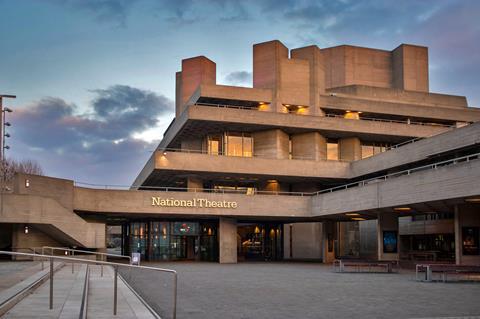
Name your favourite building in the world?
When it comes to concrete, I have always loved the National Theatre in London. There is something captivating about the way it plays with detail, texture, and shadow. The raw honesty of the material, the precision of its finishes and the way light shifts across its surfaces throughout the day reveal a depth that goes far beyond the “brutalist” label.
But, if we are talking beyond concrete, it has to be the Sagrada Família in Barcelona. Gaudi’s vision feels alive – its organic forms and intricate facades seem to grow rather than be built.
Inside, the soaring columns and dappled light create a space that feels both sacred and surreal. It is a structure shaped by generations, a living conversation between craft, innovation and time.
Which famous building do you most dislike?
If I had to choose a building that reflects the worst of speculative development, the Stratford Halo stands out. It is not just the garish purple cladding or Vegas-style lighting – it feels more like spectacle than architecture.
Worse, it has been called a “physical bar chart of inflated land values”, and that sums it up perfectly. It is a monument to profit-driven urbanism, not a place shaped by community, sustainability,or long-term value.
Architecturally, it feels disconnected – an object shouting for attention rather than contributing meaningfully. It doesn’t speak to its surroundings or serve the people who live near it. For me, it represents a missed opportunity in every sense.
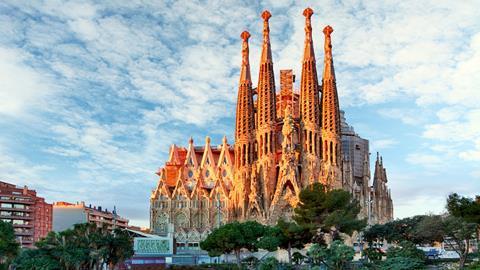
Which famous building do you wish you had worked on?
The Sagrada Família. It is a rare example of architecture that feels truly alive – constantly evolving across generations.
Gaudi’s vision, rooted in nature, geometry, and spirituality, gives every detail a sense of purpose. To contribute, even in a small way, to something that fuses art, engineering and symbolism at that scale would have been extraordinary.
It’s the kind of project that reminds you architecture can outlast any one person and still feel deeply human.
What single piece of advice would you give to someone starting out in your profession?
Don’t wait for permission to start. Some of our biggest breakthroughs happened in my parents’ garage, long before we had a team, funding or even proper lab space. Start where you are, with whatever resources you have, and let curiosity and determination lead the way.
And just as importantly, find people who truly get it – mentors, collaborators and champions who will challenge and support you. Building something meaningful is never easy, and having the right people around you makes all the difference.
Who do you most admire in the construction industry?
I am especially inspired by the women who are pushing boundaries on construction sites, in boardrooms and through innovation. They are reshaping an industry that has not always made space for them, proving that leadership, creativity and technical excellence know no gender.
Their impact is not just breaking glass ceilings, it is redefining what is possible for the future of construction.
What is it like being you (and doing your job)?
Intense, exciting and constantly evolving. My job spans everything from R&D to fundraising to scaling manufacturing – so no two days are ever the same.
There is a lot of pressure, especially when you are building hardware and trying to make a meaningful dent in global emissions. But it is also deeply rewarding to know that what we are doing at Mevo is not hypothetical – it is real, and happening now.
Do you have a life philosophy?
My life philosophy is: how hard can it actually be? It is a reminder not to be intimidated by challenges or overcomplicate what is in front of you.
Most things become possible when you break them down, stay curious and just start. That mindset has pushed me to take risks, try new things and keep moving forward – even when the path isn’t clear.
What trait do you most dislike in yourself? And in other people?
In myself, impatience – that restless urge to move faster than the situation allows. It can be useful for driving progress, but it risks overlooking nuance or leaving others behind in the rush.
I struggle most with complacency in others – when someone accepts the status quo without curiosity or a desire to improve it. It feels like a quiet surrender of potential, especially in moments that demand boldness and care.
Name three things that you like
I have a soft spot for the simple joys in life like cacti, with their quirky shapes and low-maintenance charm, or creating things, whether that is brainstorming big ideas or getting hands-on with a little DIY project.
And, of course, there is cheese, because it makes just about everything better. Give me a cactus, a creative challenge and a good cheeseboard, and I am perfectly content.
Tell us about a secret skill that we don’t know you have
I’m amazing at finding antiques. I have a knack for spotting hidden gems in markets and forgotten corners, pieces with history, character and a story to tell. It is part intuition, part patience, and part joy in uncovering beauty where others might just see clutter.
What is your most prized possession?
It is a collection of concrete blocks from Mevo’s earliest days, when we were mixing material in the garage. I have kept a sample of every mix we ever made there – probably over 2,000 in total. To me, they are a physical archive of our experimentation, persistence and progress.
Someday, I would love to see them built into something permanent – maybe even the welcome desk in Mevo’s future HQ – so they can keep telling our story to everyone who walks through the door.
Early bird or night owl?
Definitely an early bird. I love the quiet focus of the morning – it’s when I do my best thinking and set the tone for the day before everything gets busy.
What is your favourite food?
Mexican cuisine is vibrant, full of flavour and endlessly creative. I love how it balances bold spices, fresh ingredients, and comforting textures.
There is something about sharing a table with tacos, guacamole and all those incredible salsas that just feels joyful and communal.
What would your superpower be?
The ability to speak any language fluently. Language is such a powerful connector – it breaks down barriers, builds trust and helps share ideas and missions in a way that truly resonates.
Imagine being able to communicate with anyone, anywhere, and bring people together around a shared purpose.

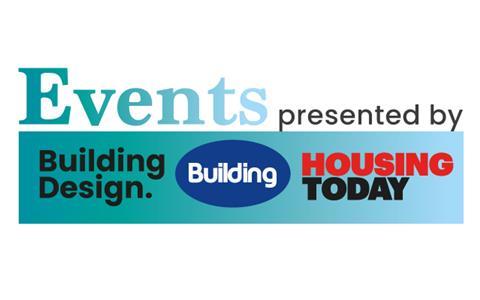
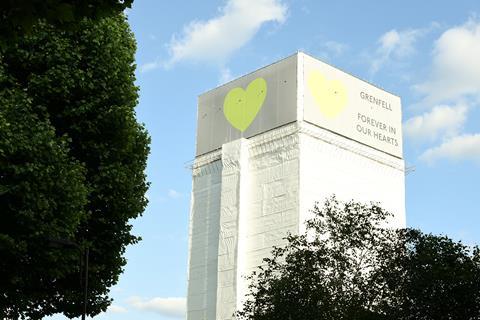
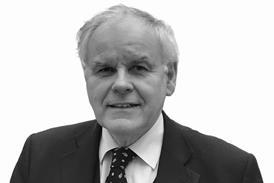
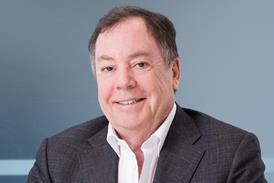
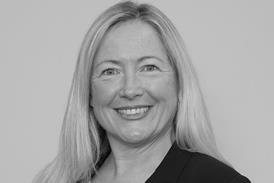
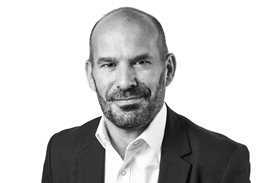
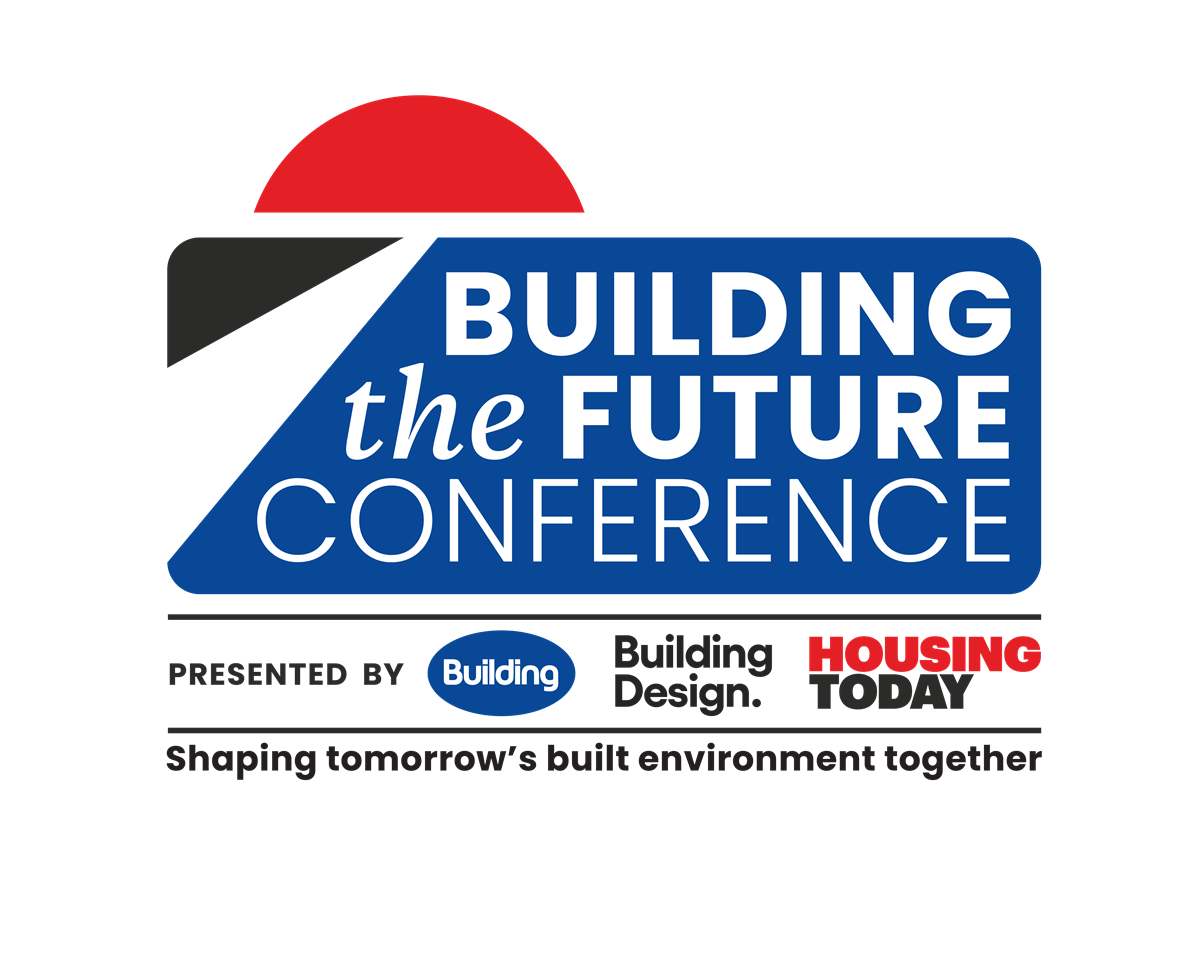
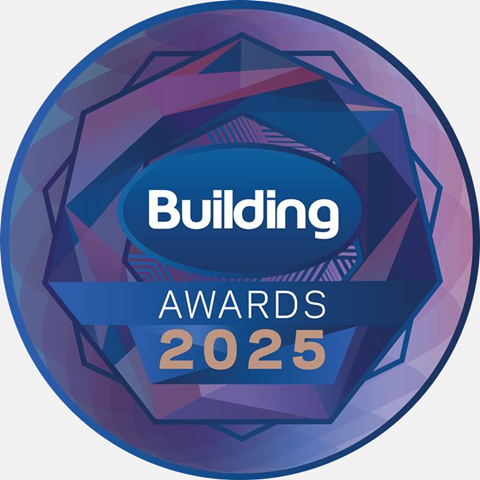
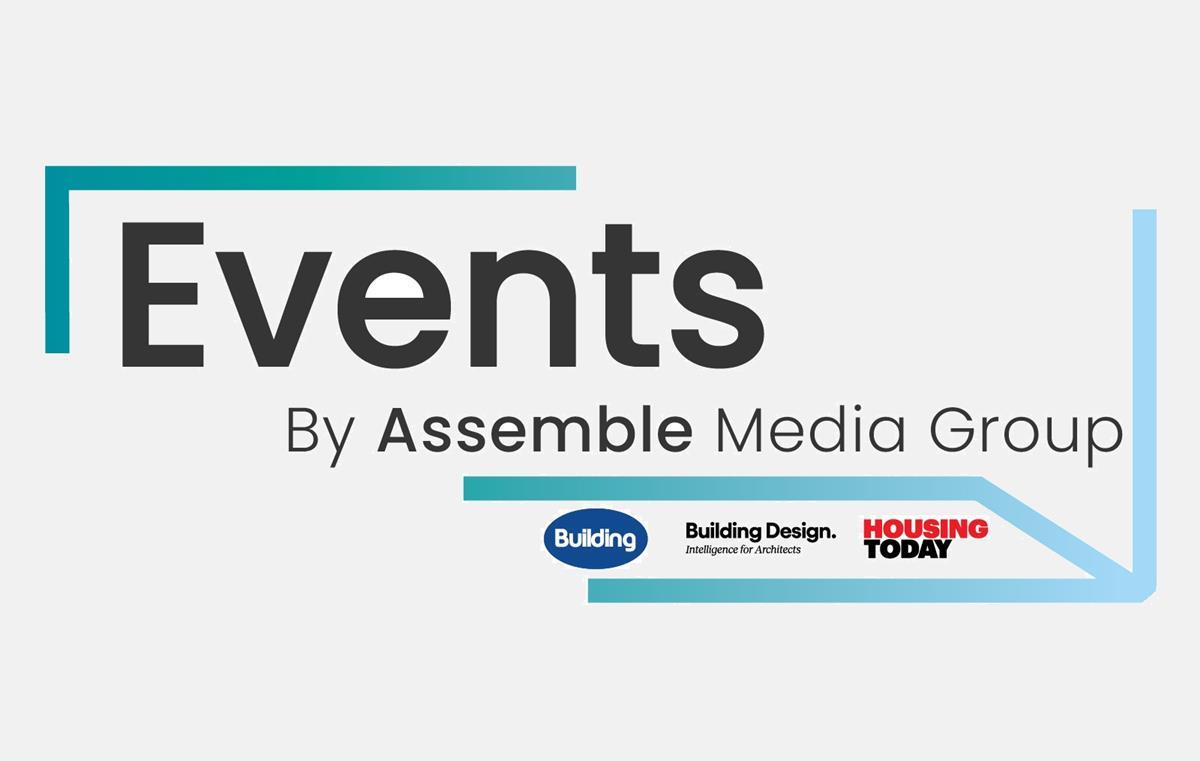
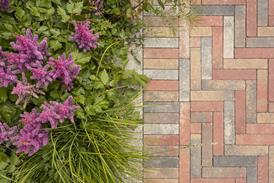
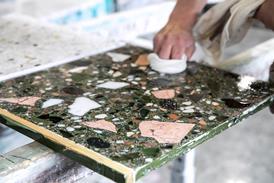
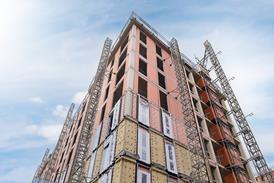

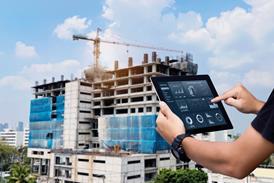
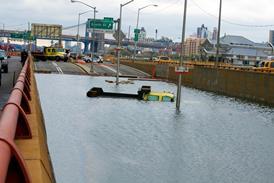
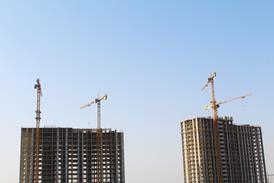
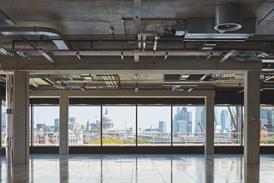
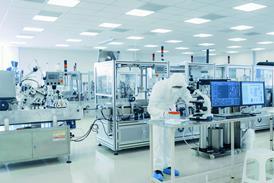
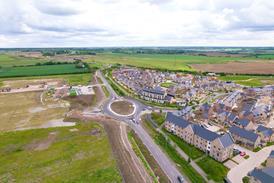







No comments yet